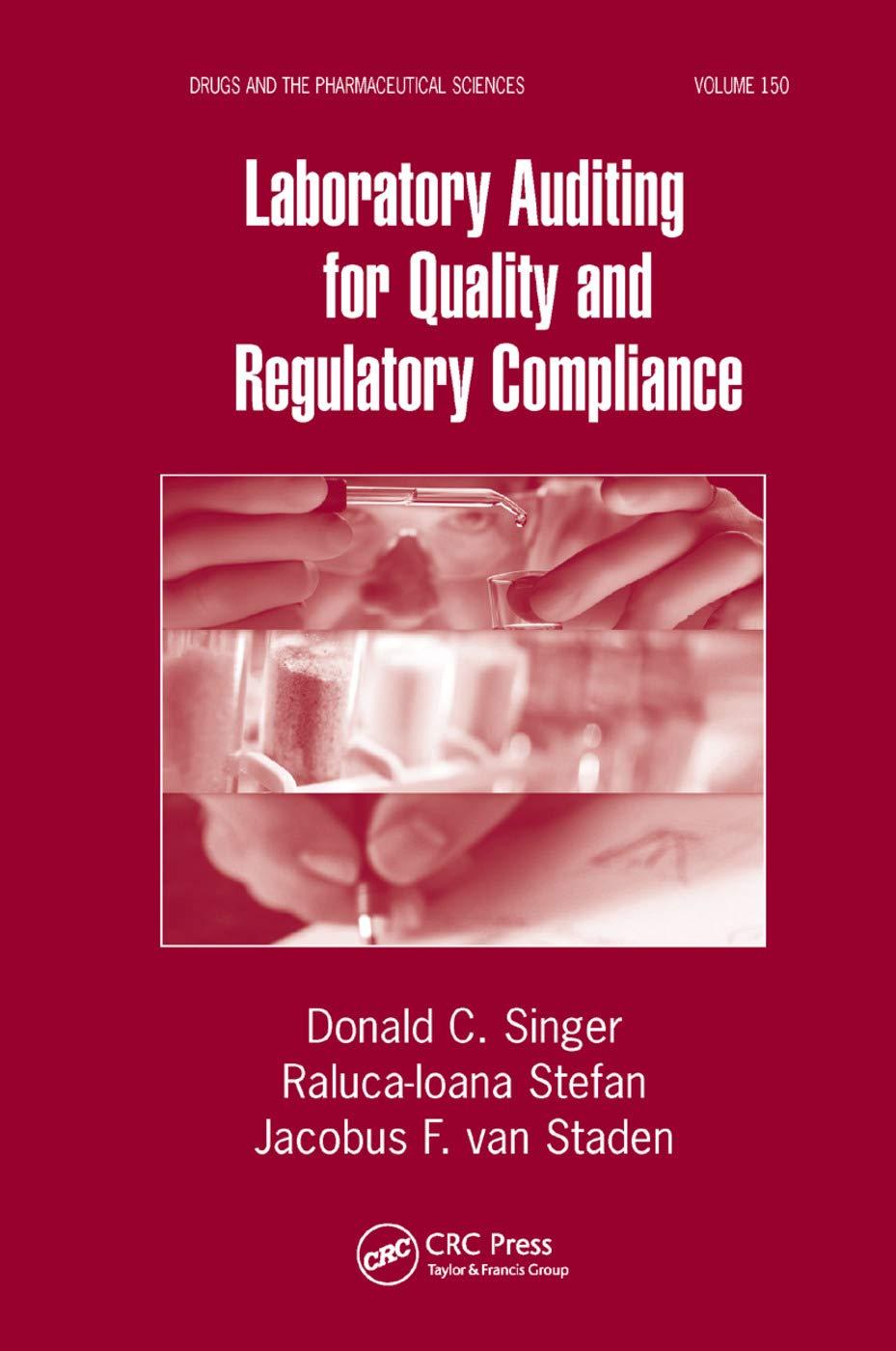Question
The outdoor Store began 2014 with 80000 units of inventory that cost $48000. During 2014, The Outdoor Store purchased merchandise on account for $434000: Purchase
The outdoor Store began 2014 with 80000 units of inventory that cost $48000. During 2014, The Outdoor Store purchased merchandise on account for $434000:
| Purchase 1: | 150,000 units costing | $135,000 | ||
| Purchase 2: | 270,000 units costing | 243,000 | ||
| Purchase 3: | 140,000 units costing | 56,000 |
Cash payments on account totaled $390000 during the year (ignore purchase discounts). The Outdoor Stores sales during 2014 consisted of 580000 units of inventory for $1160000, all on account. The company uses the FIFO inventory method. Cash collections from customers were $565000. Operating expenses totaled $250700, of which the Outdoor Store paid $163000 in cash. The Outdoor Store credited Accrued Liabilities for the remainder. At December 31, The Outdoor Store accrued income tax expense at the rate of 40% of income before tax.
Requirement 1: Show how the Outdoor Store would compute cost of goods sold for 2014.
| Units | Total Cost | |||||
| Units sold from beginning inventory | ______ | ______ | ||||
| Units sold from Purchase 1 | ______ | ______ | ||||
| Units sold from Purchase 2 | ______ | ______ | ||||
| Units sold from Purchase 3 | ______ | ______ | ||||
| Cost of goods sold | 580,000 | ______ |
Requirement 2: Prepare the Outdoor Stores income statement for 2014. Show totals for the gross profit and income before tax.
The Outdoor Store
Income Statement
Year Ended December 31, 2014
Net Income:
(Account Names: Accounts Payable, Accounts Receivable, Advertising Expense, Cost of Goods Sold, Gross Profit, income before tax, income tax expense, inventory, operating expense, purchases, salary expense, sales revenue)
Requirement 3: Make summary journal entries to record the Outdoor Stores transactions for the year, assuming the company uses a perpetual inventory system. Explanations are not required.
Begin with the single entry to record debit purchases.
| Account | Debit | Credit |
Next, record the cash payments on account.
| Account | Debit | Credit |
Now record the sales made on account. (Do not yet record cash collections for customers or the cost related to the sales. We will do this in the following journal entries.)
| Account | Debit | Credit |
Record the inventory transaction associated with the sale of merchandise.
| Account | Debit | Credit |
Record the collection of cash from customers.
| Account | Debit | Credit |
Record the operating expenses.
| Account | Debit | Credit |
Finally, record the entry to accrue income tax.
| Account | Debit | Credit |
Requirement 4: Determine the FIFO cost of the Outdoor Stores ending inventory at December 31, 2014, two ways:
Use a T account (Beginning Balance, Ending Balance, COGS, Purchases)
Multiply the number of unites on hand by the cost.
Number of units in ending inventory ______
Unit cost of ending inventory at FIFO _____
FIFO cost of ending inventory _____
Requirement 5) Determine the Outdoor Stores gross profit percentage, rate of inventory turnover, and net income as a percentage of sales for the year. In the Outdoor Stores industry, a gross profit percentage of 40%, an inventory turnover of 6 times per year, and a net income percentage of 7% are considered excellent. How well does the Outdoor Store compare to these industry averages? (round to on decimal place, X.X)
| Industry | "Better" or "Worse" | |||
| Average | The Outdoor Store | than average? | ||
| Gross profit percentage: | 40% | ___________ | % | _______________ |
| Inventory turnover: | 6 times | ___________ | times | _______________ |
| Net income as a percent of sales: | 7% | ___________ | % | _______________ |
Step by Step Solution
There are 3 Steps involved in it
Step: 1

Get Instant Access to Expert-Tailored Solutions
See step-by-step solutions with expert insights and AI powered tools for academic success
Step: 2

Step: 3

Ace Your Homework with AI
Get the answers you need in no time with our AI-driven, step-by-step assistance
Get Started


